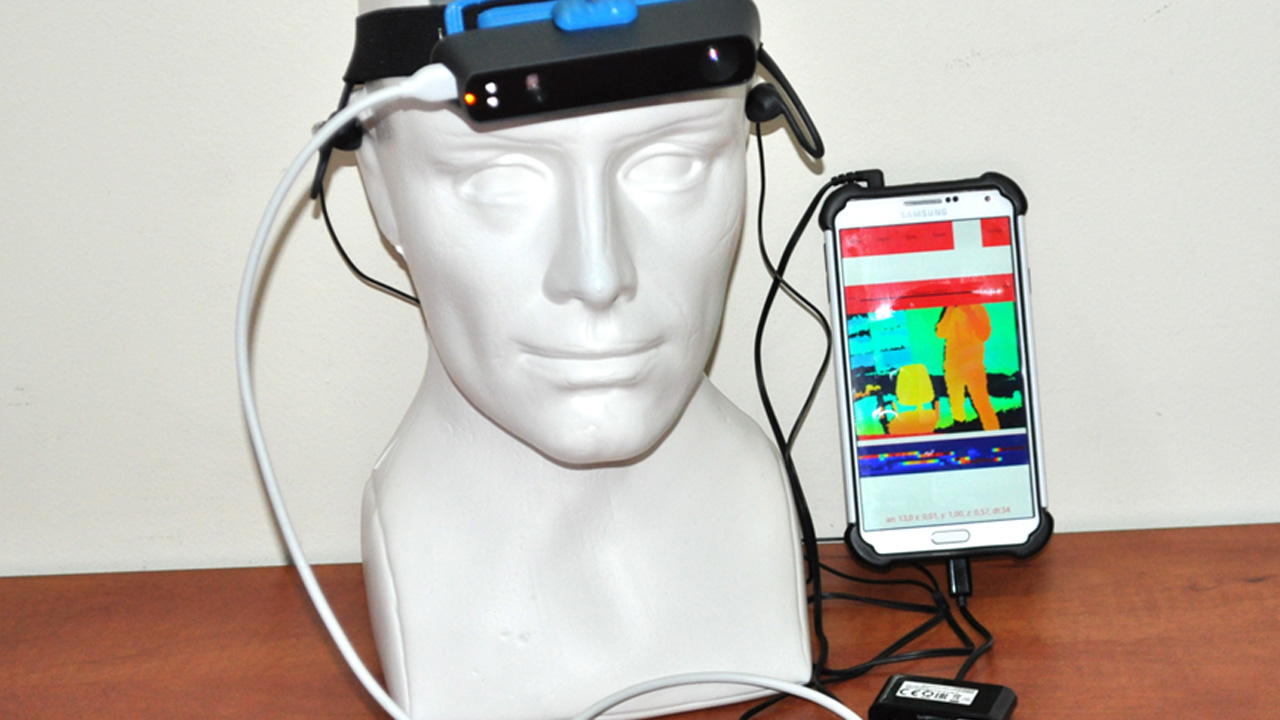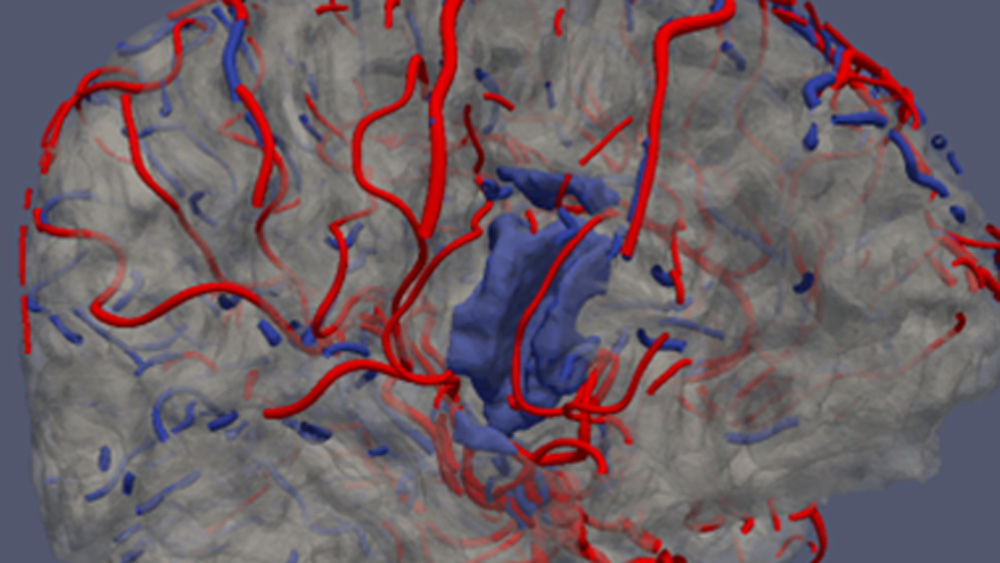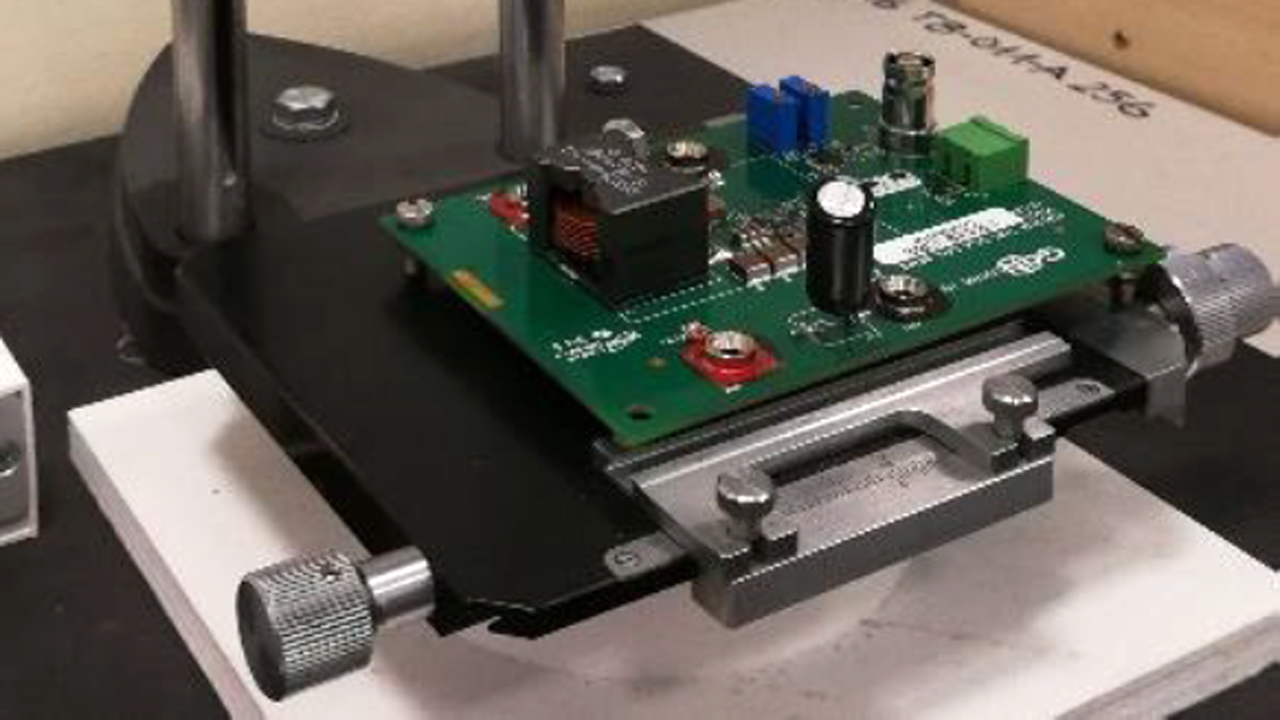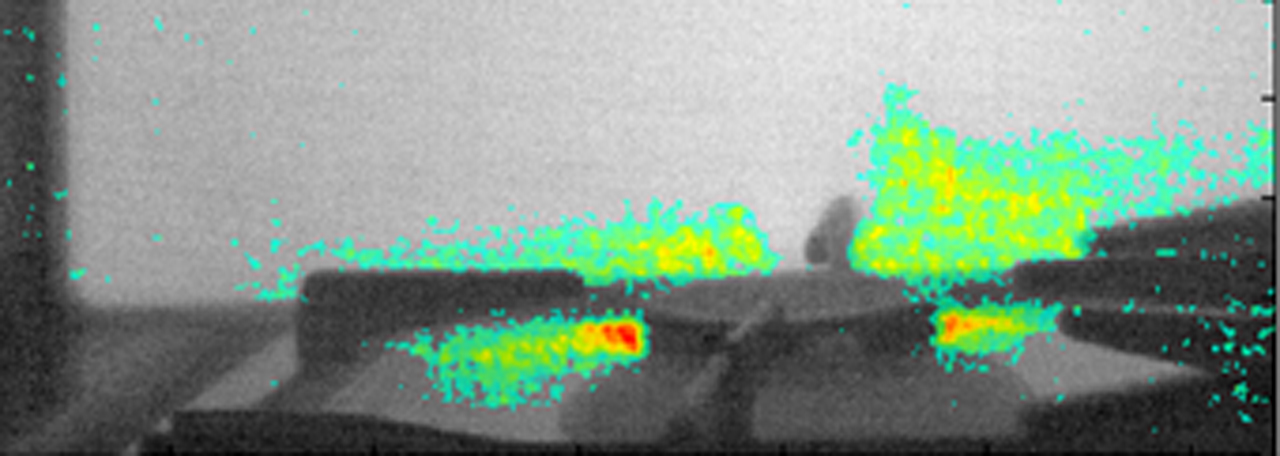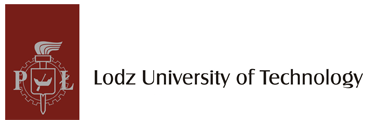Image texture analysis
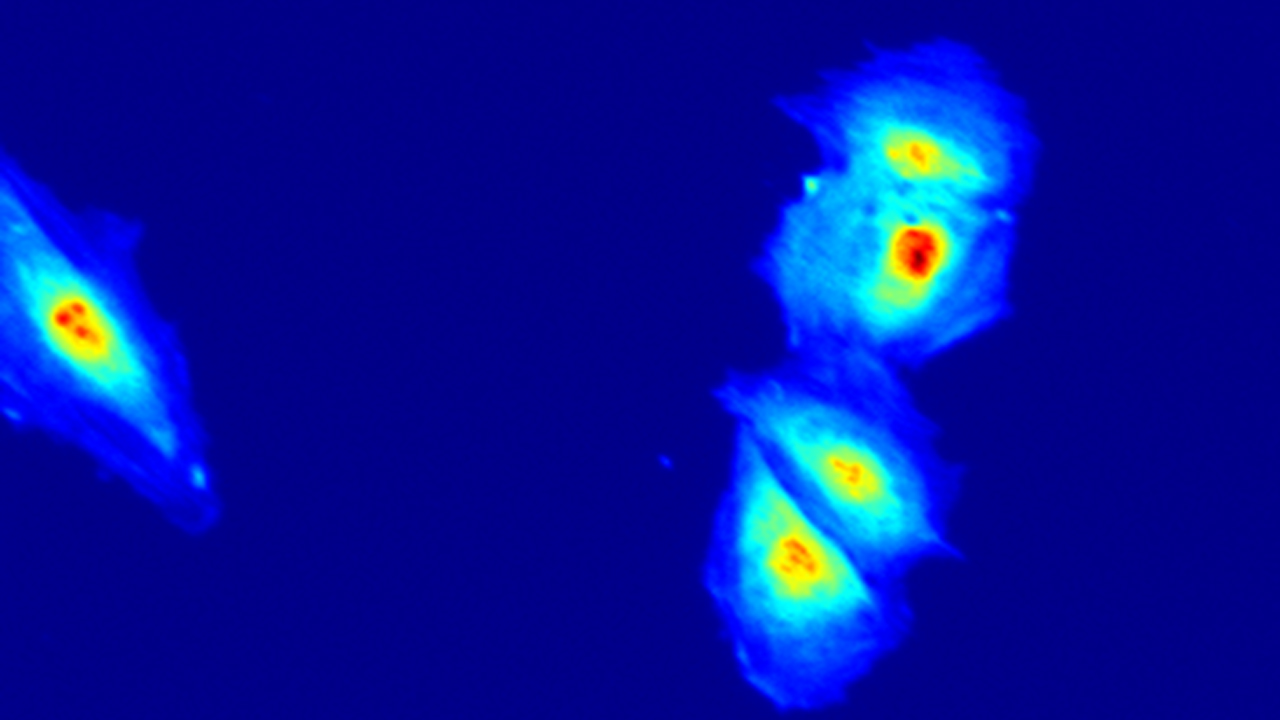
Motivation
Image texture is a rich source of information about the objects visible in the image. This applies especially to biomedical images. Image texture visualized by means of various medical imaging modalities represents the properties of organs and tissues. Texture parameters reflect the physiological properties of such structures. This enables segmentation of organs, detection of lesions and an assessment of pathological changes degree. The significance of texture analysis for aided imaging diagnostics has been demonstrated for all kinds of imaging modalities, including computed tomography (CT), Magnetic Resonance Imaging (MRI), ultrasound (USG) and optical imaging.
Research directions
Many textures show some anisotropy. Image intensity or color patterns are aligned and have clear orientations in 2D space. Texture direction analysis finds many biomedical applications. We are conducting research in order to develop accurate methods for detection of textural directionality. Main contributor is Marcin Kociołek
In cooperation with scientists from many research institutions and physicians, we conduct research on various applications of image texture analysis in supporting medical imaging diagnostics. Main contributors are Piotr Szczypiński, Michał Strzelecki Andrzej Materka, Artur Klepaczko, Marek Kociński and Marcin Kociołek
Achievements
- Development of qMazda software for texture based image analysis (publications under items 4 and 5).
- Series of papers concerning the impact of image normalization and intensity resolution on classification utilizing texture based features (publications under items 1 to 3).
- GLCM based method for image directionality estimation (publication under item 6).
- Application of texture based image analysis in various areas as: food quality recognition (publications under items 7 to 10).
Perspectives
We are currently working on developing image texture analysis methods and in cooperation with specialists from other fields we find new applications of these methods. Our contribution to the development of computer-aided diagnosis is of particular importance here. Our competences and knowledge in the field of texture analysis allow to build software tools for solving many research problems.
Contact persons
- Prof. Michał Strzelecki
 , e-mail: This email address is being protected from spambots. You need JavaScript enabled to view it.
, e-mail: This email address is being protected from spambots. You need JavaScript enabled to view it.
- Prof. Piotr Szczypiński
 , e-mail: This email address is being protected from spambots. You need JavaScript enabled to view it.
, e-mail: This email address is being protected from spambots. You need JavaScript enabled to view it.
- Dr. Marcin Kociołek
 , e-mail: This email address is being protected from spambots. You need JavaScript enabled to view it.
, e-mail: This email address is being protected from spambots. You need JavaScript enabled to view it.
- Prof. Michał Strzelecki
Relevant publications
- M. Strzelecki, M. Kociołek, and A. Materka, On the Influence of Image Features Wordlength Reduction on Texture Classification, International Conference on Information Technologies in Biomedicine, 2018, pp. 15–26.
- M. Kociolek, M. Strzelecki, and S. Szymajda, On the influence of the image normalization scheme on texture classification accuracy, 2018 Signal Processing: Algorithms, Architectures, Arrangements, and Applications (SPA), 2018, pp. 152–157.
- Does image normalization and intensity resolution impact texture classification? - ScienceDirect. [Online]. [Accessed: 07-Jul-2020].
- P. M. Szczypiński, A. Klepaczko, and M. Kociołek, QMaZda—Software tools for image analysis and pattern recognition, Signal Processing: Algorithms, Architectures, Arrangements, and Applications (SPA), 2017, 2017, pp. 217–221.
- P. M. Szczypiński, qmazda manual, 2018. [Online].
- M. Kociolek, P. Bajcsy, M. Brady, and A. Cardone, Interpolation-based gray-level co-occurrence matrix computation for texture directionality estimation, Signal Processing - Algorithms, Architectures, Arrangements, and Applications Conference Proceedings, SPA, 2018, vol. 2018-September, pp. 146–151.
- P. M. Szczypiński, A. Klepaczko, and M. Kociołek, Barley defects identification, Image and Signal Processing and Analysis (ISPA), 2017 10th International Symposium on, 2017, pp. 216–219.
- P. Zapotoczny, P. M. Szczypiński, and T. Daszkiewicz, Evaluation of the quality of cold meats by computer-assisted image analysis, LWT-Food Sci. Technol., vol. 67, pp. 37–49, 2016.
- P. M. Szczypiński, A. Klepaczko, and P. Zapotoczny, Identifying barley varieties by computer vision, Comput. Electron. Agric., vol. 110, pp. 1–8, 2015.
- P. M. Szczypiński and P. Zapotoczny, Computer vision algorithm for barley kernel identification, orientation estimation and surface structure assessment, Comput. Electron. Agric., vol. 87, pp. 32–38, 2012.

